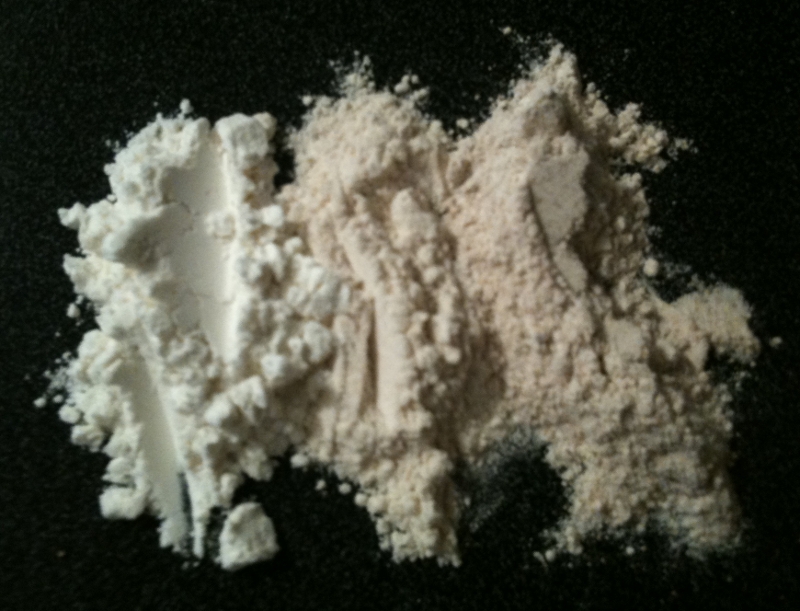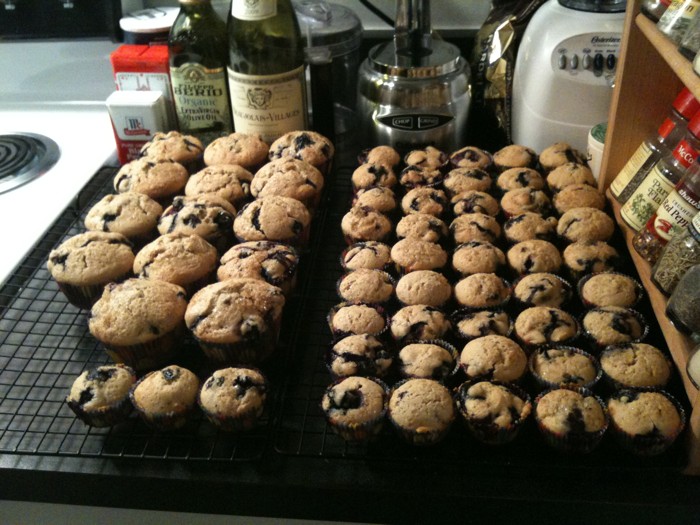Replacing white bread with wheat bread has been becoming more and more popular recently, and people seem to be wondering how to generally add more whole grains to their diets. This doesn't come as much of a surprise: whole grains haven't had their bran and germ removed through milling, and as such, they are better sources of fiber and other nutrients than their refined counterparts. Even though many refined grains are enriched by the addition of vitamins and minerals, they won't provide as many nutrients as the whole grains, especially as much fiber. My favorite benefit of high-fiber foods is that they tend to make you feel full longer.
The problem is that the whole grain taste is very different from that of refined grains; mentally compare the flavors of white rice and brown rice - odds are you love one and hate the other. If you're like me, you grew up eating twelve grain whole wheat bread, brown rice, and foods that were generally low on excessive amounts of butters, oils, and creams, so whole grain baked goods not only seem like a healthy alternative to mix into your routine periodically, but what you want to eat. But that's certainly not true for everyone.
Enter the white whole wheat flour. It's milled from white wheat instead of red wheat like traditional whole wheat flours, which gives it a look closer to traditional white flour:

The flour on the left is all-purpose flour, white whole wheat flour is in the center, and traditional whole wheat flour is shown on the right. The visual differences in the flours themselves are more pronounced than those the final baked goods; those made with only white whole wheat flour look a bit richer in color - almost a more buttery color instead of that darker brown we usually associate with whole grain wheat.
In addition to visually being able to pull a fast one on your friends and family who may be more opposed to whole grains than you, white wheat is a milder tasting wheat than red wheat, which means it'll pass the taste test, too. White whole wheat baked goods taste a whole lot more like the recipes you've made with white all-purpose flour for years and years than regular whole wheat baked goods. Also, you can generally substitute white whole wheat flour for all of the all-purpose flour in a recipe.
One of my favorite white whole wheat flour recipes is muffins. I love the slightly heavier texture that this flour lends to it in a way that white all-purpose flour just can't. It makes the batter light enough to fold in delicate fruits like fresh blueberries and cranberries but strong enough to support cups of chocolate chips. Last night, I made a double batch of white whole wheat blueberry muffins for myself, my brother, and my office:

The recipe follows. I like to think of it as a good white whole wheat flour muffin base recipe; while it calls for blueberries, you can really substitute any other kind of fruit or even chocolate chips - just remember to adjust the surrounding flavors like cinnamon accordingly.
White whole wheat blueberry muffins
Ingredients:
- 1/2 cup (1 stick) unsalted butter
- 1 cup granulated sugar
- 2 teaspoons baking powder
- 1/2 teaspoon kosher salt
- 1 teaspoon vanilla extract
- 1/2 teaspoon cinnamon
- 1/8 teaspoon nutmeg
- 1/2 cup milk
- 2 large eggs
- 2 cups white whole wheat flour
- 1 1/2 cups fresh blueberries
- Demerara sugar for topping
Preparation:
- Preheat the oven to 350 degrees. Lightly grease or line with muffin cups a standard-size muffin pan.
- Cream the butter and sugar together.
- Add in baking powder, salt, vanilla, cinnamon, and nutmeg and mix until fluffy.
- Mix in the milk and eggs.
- Mix in the flour.
- Once fully mixed, fold in the fresh blueberries.
- Spoon the batter into the muffin cups; each of the muffin cups should be filled.
- Top each muffin with a light sprinkle of demerara sugar.
- Bake the muffins for about 25 minutes (until a toothpick comes out clean).
- Remove from the oven and place muffins on a cooling rack.
Yields about 14 regularly sized muffins.